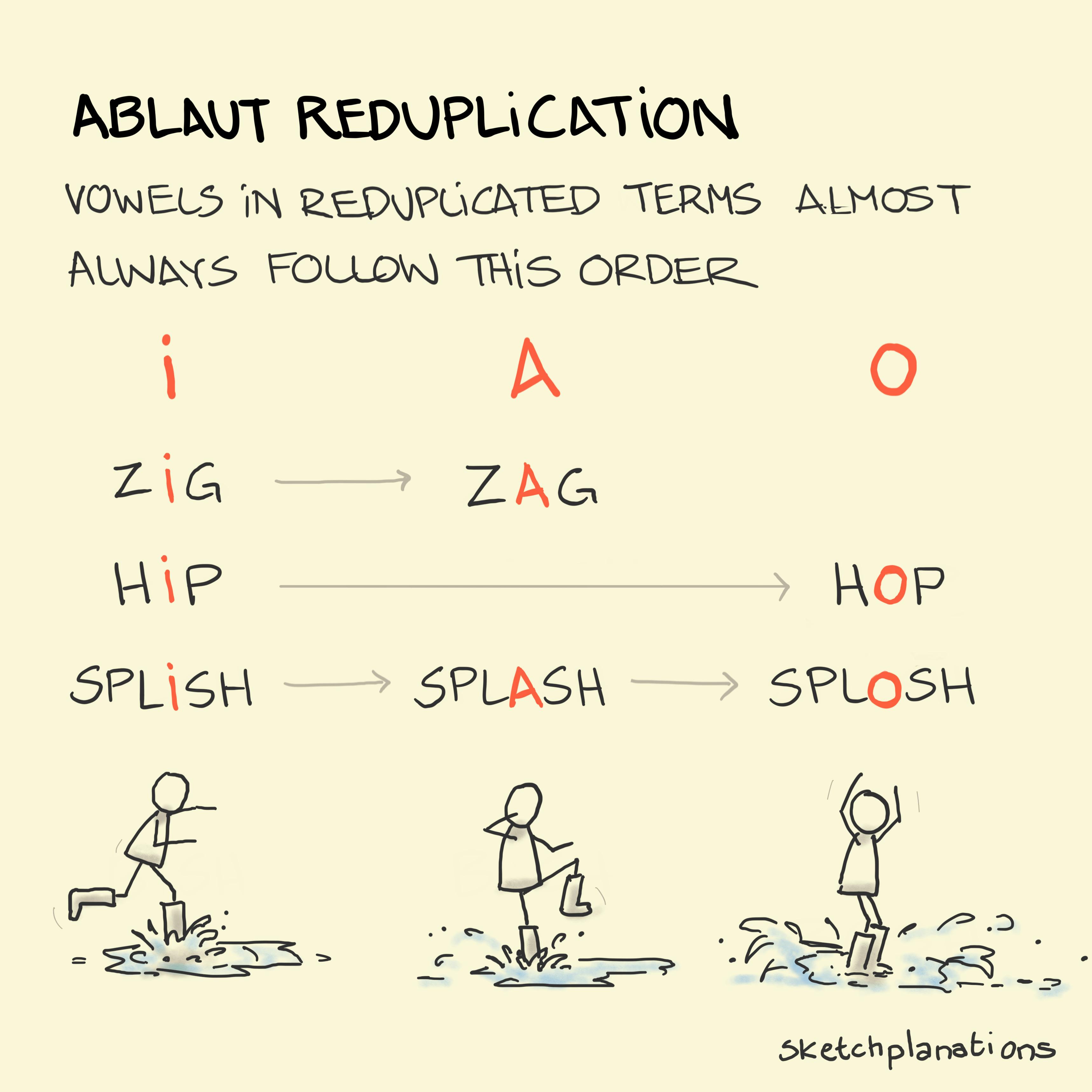
Bloom's Taxonomy
Bloom's taxonomy has 6 levels of increasingly sophisticated thinking skills. It was originally developed in a slightly different form to here for classifying educational objectives and with additional variations, dimensions and sub-levels in the full models, it is useful for informing teaching and learning. The hierarchy reflects, among other things, that a strong foundation for learning is knowledge. The Six Levels in Bloom's Taxonomy The 6 levels in the revised Bloom's Taxonomy for learning are: Remember Understand Apply Analyze Evaluate Create Also see: the learning pit the third teacher zone of proximal development…Bloom's taxonomy has 6 levels of increasingly sophisticated thinking skills. It was originally developed in a slightly different form to here for classifying educational objectives and with additional variations, dimensions and sub-levels in the full models, it is useful for informing teaching and learning. The hierarchy reflects, among other things, that a strong foundation for learning is knowledge. The Six Levels in Bloom's Taxonomy The 6 levels in the revised Bloom's Taxonomy for learning are: Remember Understand Apply Analyze Evaluate Create Also see: the learning pit the third teacher zone of proximal developmentWWW…
Read more…





